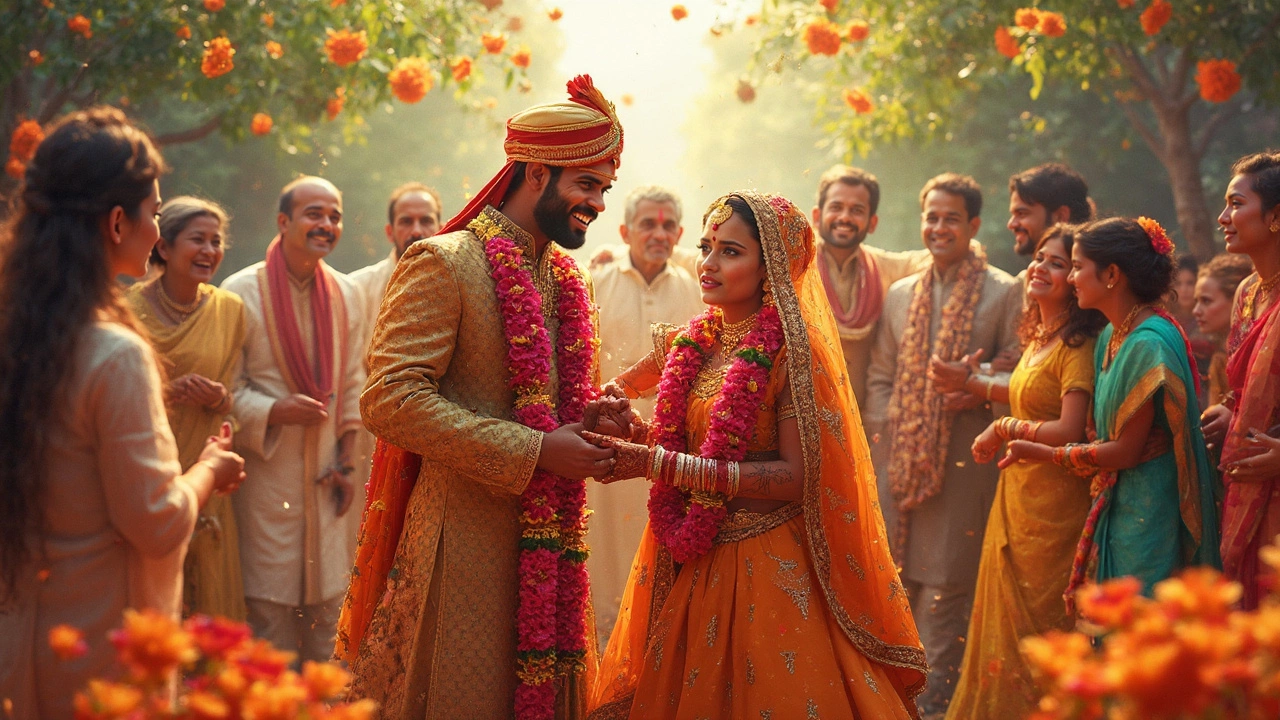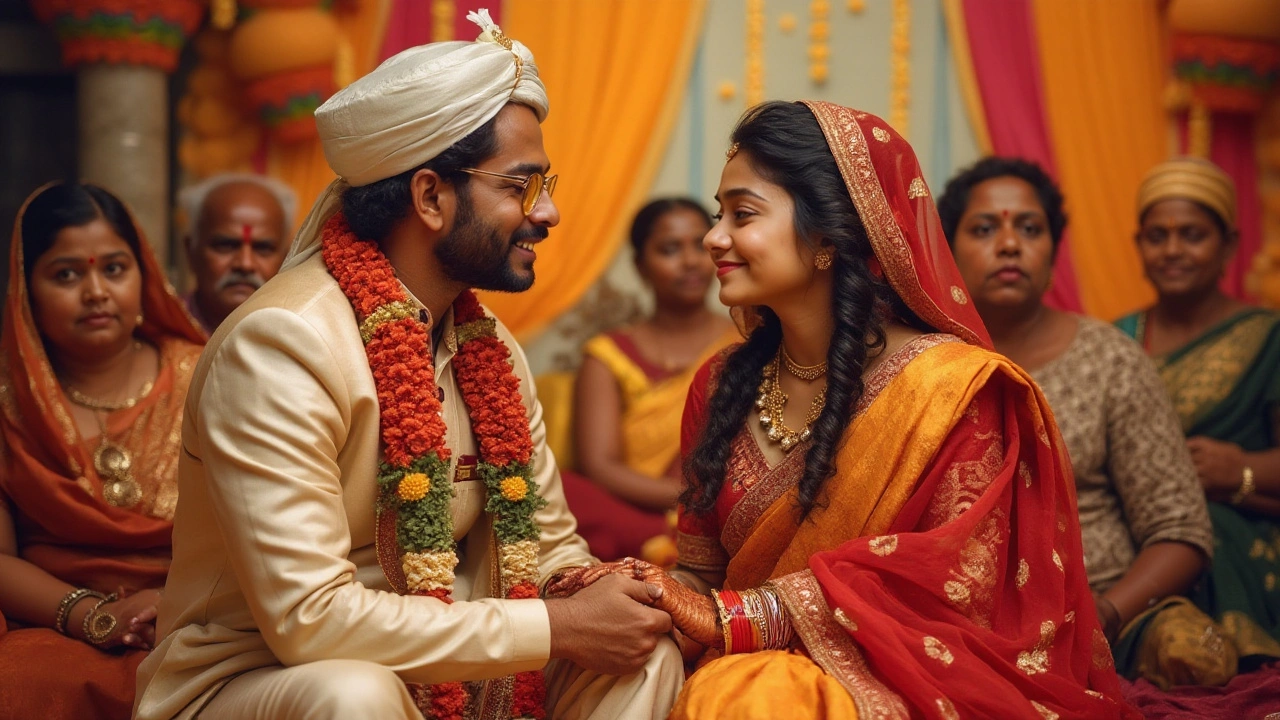Indian Relationships: How Culture Shapes Love, Family, and Everyday Connections
India’s social fabric is a mix of ancient rituals and today’s fast‑paced life. Whether you’re meeting a stranger, chatting with a partner, or planning a wedding, the way people relate to each other follows patterns that have been handed down for generations.
Greetings that set the tone
First impressions matter a lot in India. A simple "Namaste" with hands pressed together often replaces a casual "hi", especially in formal or business settings. The gesture shows respect and signals that you understand local etiquette. In many regions, people also use regional phrases like "Sat Sri Akal" in Punjab or "Vanakkam" in Tamil Nadu. Knowing which greeting fits the context can save you from an awkward moment and instantly build trust.
The 2025 guide on Indian greeting etiquette breaks down body language, eye contact, and when a handshake is acceptable. If you’re unsure, follow the lead of the person you’re meeting – they’ll usually indicate the right level of formality.
Love language and everyday romance
Expressing love in India often blends words, actions, and family approval. Research‑backed tips from the "How to Express Love" article suggest a few practical habits: write short, sincere notes, share a favorite snack, or simply listen without interrupting. These small gestures become big signs of affection over time.
Another post, "How to Melt Her Heart with Words," highlights the power of specific compliments. Instead of generic praise, mention something unique about her personality or work. That shows you pay attention and value her individuality.
Modern Indian couples also juggle traditional expectations with personal preferences. Many families still want involvement in match‑making, but today’s youth often meet partners through college, work, or online platforms. Balancing family input with personal choice is a common challenge, and open communication is the key to navigating it.
Marriage: rituals and reality
Indian weddings can stretch over several days, featuring ceremonies like "Saath Phere" (seven vows) and vibrant music. While the rituals are steeped in symbolism, the underlying goal is the same as anywhere else: building a partnership based on mutual respect.
Even though lavish celebrations are popular, many couples now opt for simpler ceremonies that focus more on the relationship than the spectacle. The shift reflects changing attitudes toward cost, time, and personal values.
Regardless of the scale, involving both families remains important. Respecting elders, seeking their blessings, and keeping them informed helps avoid misunderstandings and keeps the relationship grounded in cultural roots.
Practical tips for a healthy Indian relationship
- Learn and use appropriate greetings – they set a respectful baseline.
- Show love through small, consistent actions, not just grand gestures.
- Talk openly about expectations, especially when family involvement is high.
- Embrace both tradition and modernity; find a balance that works for you.
- Stay curious about regional customs – India’s diversity means there’s always something new to learn.
By understanding these cultural nuances, you’ll navigate Indian relationships with confidence, whether you’re making a new friend, deepening a romance, or planning a lifetime partnership.


